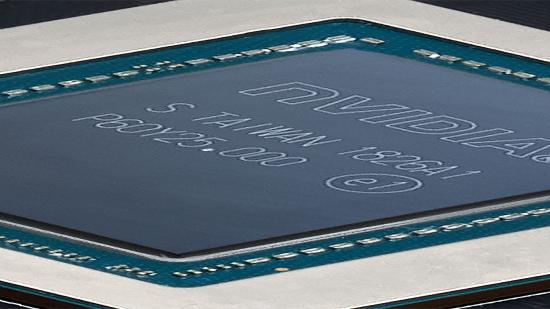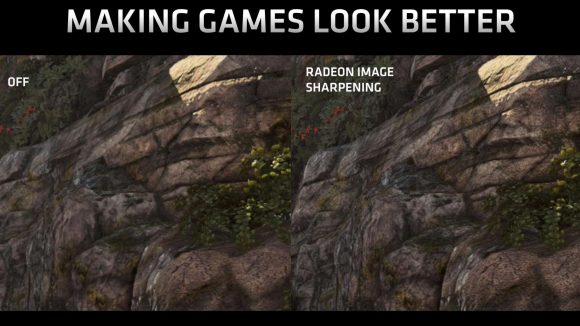Over at an E3 Nvidia wanted to remind journalists, fans, and gamers that it has game image sharpening tools and latency reduction functionality available within the GeForce settings, which it believes offer some parity with AMD’s latest technologies.
“So AMD introduced a couple things we read about and heard about,” Tony Tamasi, VP of technical marketing, says. “Radeon Image Sharpening and FidelityFX…. So we, of course, have similar techniques, for quite some time. Freestyle about a year and a half ago. It has a large number of filters, which includes things like sharpening and colour correction. If people find sharpening by itself particularly cool and valuable, we can kind of invest in that. But we’ve had that kind of functionality in Freestyle, with a bunch of other post processing effects, developed for quite some time.
“The other thing they talked about was Radeon Anti-lag. I haven’t got a particular good explanation about what’s going on with its CPU/GPU load balancing to reduce latency. That can mean a lot of things to be honest…. We’ve had some stuff for reducing latency, lag, whatever you want to call it, for quite some time. If you look at our control panel, this has been around for more than a decade.”
Nvidia introduced Freestyle at the end of the 10-series’ life around Q1, 2018. It allows gamers to load in filters over the top of their games, with some 15 different filters and even more effects to choose from. I doubt Freestyle finds much use amongst most gamers, but a sharpening filter is indeed present and accounted for.
Read more: These are the best graphics cards known to humankind… or rather us here at PCGN
AMD announced its alternatives, Radeon Image Sharpening and FidelityFX, yesterday afternoon at the Next Horizon Gaming event. During which it also touched on its Radeon Anti-lag technology. This tweak reduces click-to-response times and is aimed at competitive gamers and those seeking minimal delay from mouse action to game action.
Nvidia says it has an alternative to that too… and has done for over a decade according to Tamasi. That’s the setting ‘maximum pre-rendered frames’ in the GeForce control panel, which controls the size of the Flip Queue. The higher the number here, the higher the lag between your input and the displayed frame, while lower queue lengths result in less lag but increased strain on your CPU. Too much either way and you could be looking at a stuttering mess.
Whether Nvidia’s implementations of either sharpening or low-latency are as effective as AMD’s we won’t know until both are available to the public. There’s certainly a chance that decade old tech won’t be as pronounced as its pristine, still in the box competitor.
AMD RX 5700-series GPUs launch on July 7, the same day as Ryzen 3000 CPUs.
Nvidia doesn’t claim to be offering an exact alternative to AMD’s latest technologies, rather a reminder to folks that there are options available. But, whichever way you look at it, this latest bout of announcements from team red has ruffled enough feathers over at Nvidia HQ to warrant a swift response. There seems to be a lot of that going around lately.

